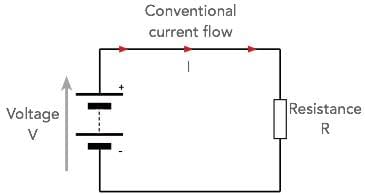Basics about electricity
Electricity:Electricity is the set of physical phenomena associated with the presence and motion of matter that has a property of electric charge. In early days, electricity was considered as being not related to magnetism. Later on, many experimental results and the development of Maxwell's equations indicated that both electricity and magnetism are from a single phenomenon: electromagnetism. Various common phenomena are related to electricity, including lightning, static electricity, electric heating, electric discharges and many others.
The presence of an electric charge, which can be either positive or negative, produces an electric field. The movement of electric charges is an electric current and produces a magnetic field.
When a charge is placed in a location with a non-zero electric field, a force will act on it. The magnitude of this force is given by Coulomb's law. Thus, if that charge were to move, the electric field would be doing work on the electric charge. Thus we can speak of electric potentialat a certain point in space, which is equal to the work done by an external agent in carrying a unit of positive charge from an arbitrarily chosen reference point to that point without any acceleration and is typically measured in volts.
VOLTAGE: Voltage, Is electric potential difference, electric pressure or electric tension is the difference in electric potential between two points. The difference in electric potential between two points (i.e., voltage) in a static electric field is defined as the work needed per unit of charge to move a test charge between the two points.
INTENSITY:The magnitude of an electric field at a point in the field, equal to the force that would be exerted on a small unit chargeplaced at the point.
Resistance:Resistance is a measure of the opposition to current flow in an electrical circuit.
Ohms Law:Ohm's Law is a formula used to calculate the relationship between voltage, current and resistance in an electrical circuit.
To students of electronics, Ohm's Law (E = IR) is as fundamentally important as Einstein's Relativity equation (E = mc²) is to physicists.
E = I x R
When spelled out, it means voltage = current x resistance, or volts = amps x ohms, or V = A x Ω.



No hay comentarios:
Publicar un comentario